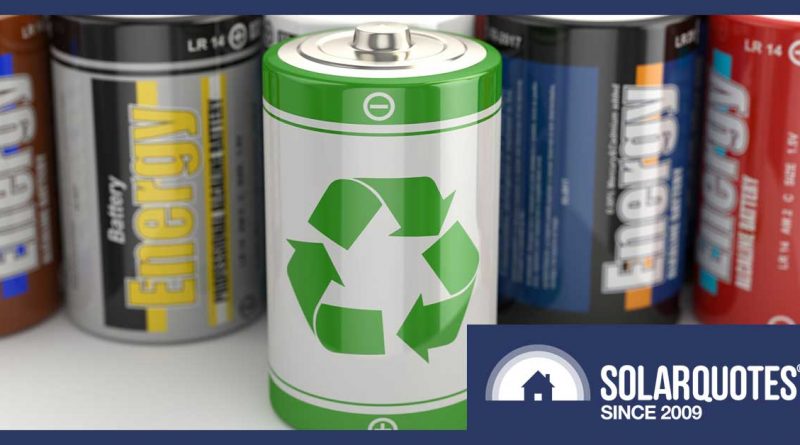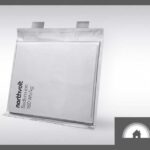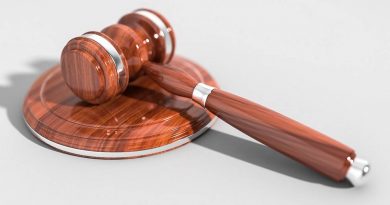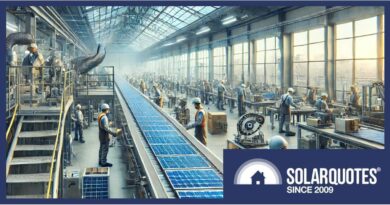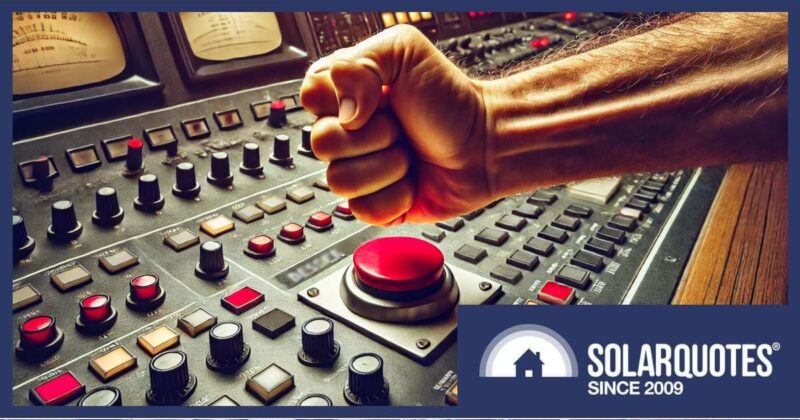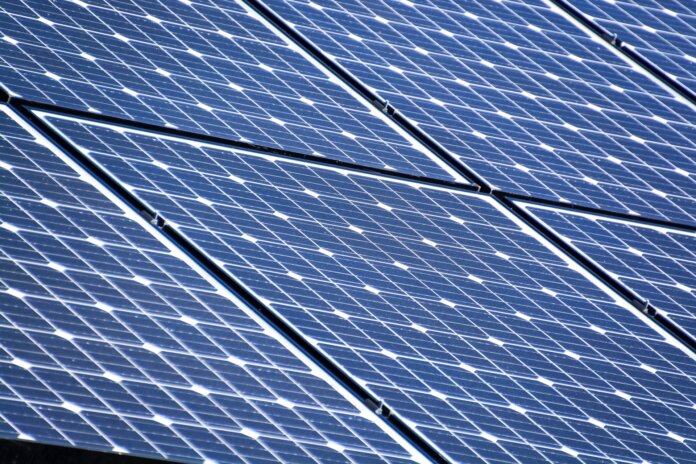Argonne National Laboratory Claims Breakthroughs In Li-ion Battery Recycling
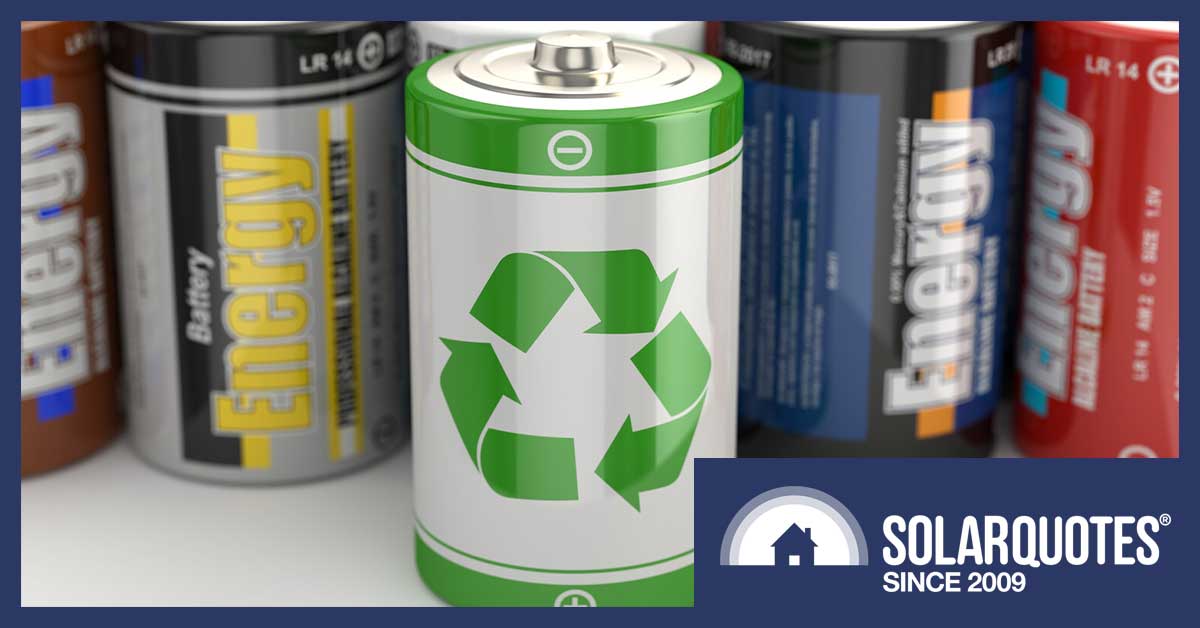
Batteries are, as we all know, recyclable – but some recycle better than others. Lead-acid batteries? The process is easy, familiar and cheap enough to leave a decent margin, so Australia has some local recycling plants.
But the future isn’t lead acid, is it? It’s hopefully millions and millions of EVs powered by lithium chemistry, and right now lithium battery recycling isn’t as profitable, according to America’s Argonne National Laboratory.
At its ReCell laboratory, Argonne says it hopes to overcome a shortcoming to make the process financially viable in the USA, rather than sending the batteries offshore for recycling.
The lithium-ion battery waste problem is already huge. According to the American Chemical Society, it’s estimated China alone has produced 500,000 tonnes of used li-ion batteries already, and 2 million tonnes will be generated globally per year by 2030. Argonne reckons global waste load will reach 8 million tonnes by 2040.
The cathode materials are eminently recyclable, but the conventional process involves returning the material to metal salts and re-manufacturing batteries from scratch.
To help address the waste stream, the US Department of Energy last year devoted US$5 million a year to the ReCell Program, which is researching better ways to recover the nickel and cobalt from batteries.
As well as ANL, participants in ReCell include the National Renewable Energy Laboratory (NREL), Oak Ridge National Laboratory (ORNL), Worcester Polytechnic Institute, the University of California at San Diego, and Michigan Technological University.
As Argonne’s ReCell page notes:
“By 2022 at ReCell, we hope to demonstrate direct recycling from old cell to new, positioning us for pilot-scale demonstrations that can translate to commercial adoption. What we’re learning at ReCell will help lower battery costs for consumers and increase national energy security.”
The payoffs could be huge for EV makers and customers, ReCell director Jeffrey Spangenberger wrote, since recycled cathodes can cut battery costs between 5% and 30%, but “the value of these materials is too low for recycling to be commercially feasible in the US”.
So ReCell’s focus is on direct cathode recycling. Instead of returning the materials to metal salts, a successful direct cathode recycling process would retain the material as a cathode.
Spangenberger states over the last year the ReCell research concentrated on processes such as removing the battery’s binder (a layer that holds active materials together), and restoring the lithium content of degraded cathode materials.
Researchers over at Oak Ridge have contributed another important piece of the recycling puzzle – they’ve identified solvents that can separate “black mass” (cathode and anode powders left when battery cells have been shredded) from the collector foil.
Lithium Battery Recycling In Australia
The market here is in line with the international picture: far too much lithium-ion battery waste heads for landfill.
According to CSIRO, we produced 3,300 tonnes of lithium battery waste in 2016, and this will reach between 100,000 and 188,000 tonnes by 2036.
Depressingly, the CSIRO report estimated that more than 1,800 tonnes goes to landfill, so there’s a huge opportunity if we convince people to treat batteries as a resource rather than as waste. Reclaimed battery waste could be worth from $4,550 and $17,252 per tonne.
The bright spot, the report says, is MobileMuster, which in 2015-2016 collected 76 tonnes of used mobile phone batteries.
EV batteries on the other hand are collected by manufacturers according to data from 2016 (yes, we also have a data-collection issue – most of the data CSIRO was able to find for its report is old), and since batteries are still usable when they’re no longer viable for a vehicle, most manufacturers back then focused on “second life” storage applications.
The CSIRO report says an onshore recycling industry is viable if Australia can drive up consumer battery collection, identify the most effective recycling technologies, and develop best practice guides and recycling standards for the industry to follow.
Current onshore recycling is minimal, the CSIRO report states, identifying the following companies as conducting processing rather than just collection:
- Envirostream – Recovers the metal salts in Australia, then sends them to South Korea for reprocessing.
- Neometals – completed a pilot in April 2020 that demonstrated a successful process recovering nickel and cobalt for reprocessing.
(Editor’s note: The Neometals pilot plant is actually in Canada)
Original Source: https://www.solarquotes.com.au/blog/lithium-battery-recycling/

